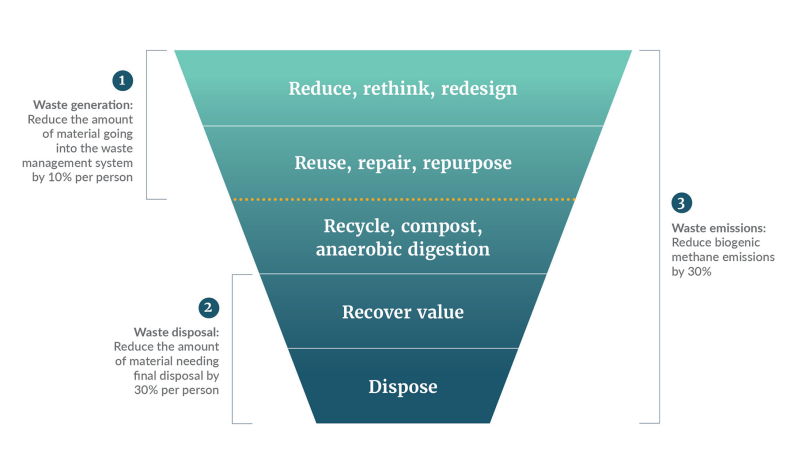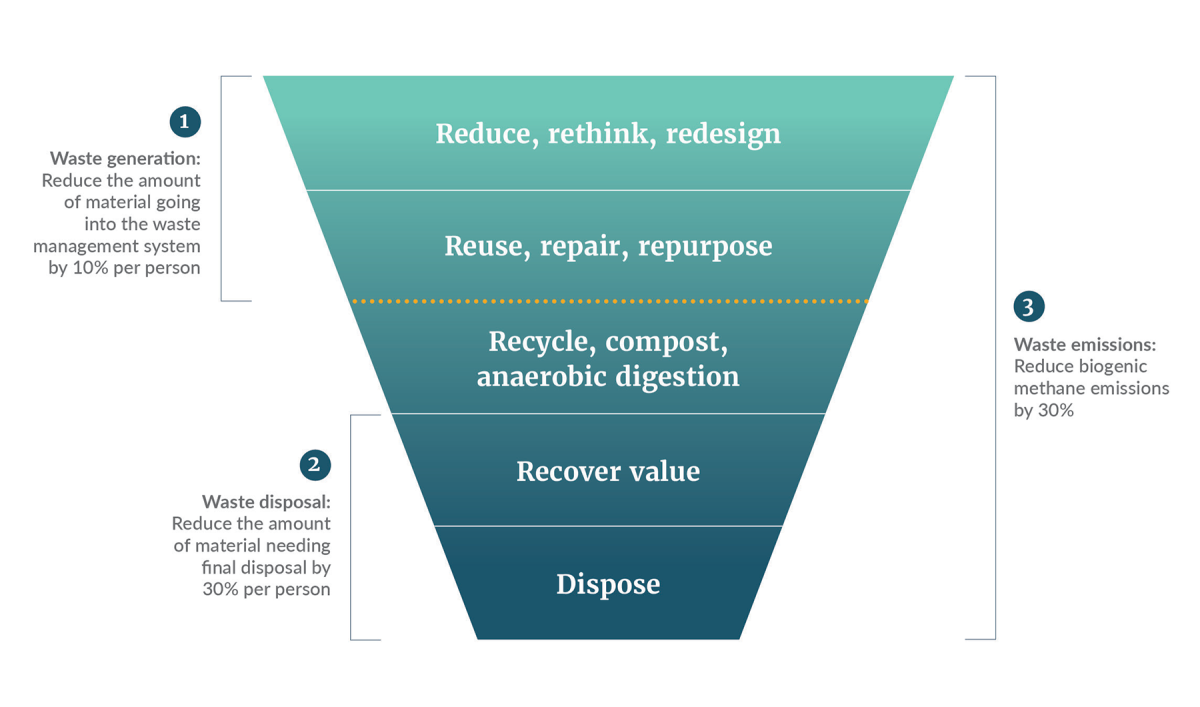Improving waste data
This page provides information on our work to improve waste data.
This page provides information on our work to improve waste data.
This work establishes a waste data evidence base, providing comprehensive and internationally comparable waste data. It can be used to analyse, plan and make decisions to manage and minimise waste.
Improving data availability, accessibility and quality will also help us to understand behavioural changes over time and assist with monitoring compliance.
Delivered in December 2023, the first dashboards provide interactive waste data. We will refresh the dashboards with updated information on a monthly, quarterly or annual basis, dependant on when it is available.
The waste data covers four main areas:
This data comes mainly from waste operator reporting requirements under the waste disposal levy regulations. It includes information about waste and material disposed of or diverted by waste facilities. We update the data monthly in the facility and disposal dashboards for most facility types.
We report on waste and materials from municipal landfills (class 1), construction and demolition landfills (class 2), managed or controlled fill facilities (class 3 and 4), and transfer stations. The Ministry holds records from municipal landfills (class 1) dating back to 2009.
Since 2021, the scope of reporting required by the regulations has expanded. Construction and demolition landfills (class 2) and transfer stations were required to begin reporting in January 2022.
Managed or controlled fill facilities (class 3 and 4), cleanfills (class 5), and industrial monofils were required to begin reporting in January 2023.
We source waste sector emissions data from Te Rārangi Haurehu Kati Mahana a Aotearoa, New Zealand's greenhouse gas inventory, 1990-2022. The inventory is published every April with a two-year lag. Data will be updated annually in line with inventory reporting. Chapter 7 of the inventory reports quantities of greenhouse gases emitted from all waste sources. For the solid waste category (5.A), the inventory provides estimates of the composition of waste sent to landfill in all facility classes.
We source information about funding for waste initiatives from our waste investment funds that support waste minimisation projects. We will update this data around every quarter (variable by funding round).
We regularly conduct research to understand and monitor general attitudes and behaviours relating to waste minimisation. This research informs our waste management policies and initiatives.
The Ministry has several workstreams to improve waste generation and disposal information and data.
The Government has approved changes to existing regulations that will improve the quality and availability of waste data and inform future waste reduction policies.
The following amendments regulations will take effect from 1 July 2024.
Changes include:
Learn more about:
Te Rautaki Para, the Waste Strategy, sets three national targets for 2030 (see figure 1). The targets focus on the three most important changes we need to make.
These targets are ambitious. For all three targets, New Zealanders currently have incomplete data to set baselines and measure progress. Some of the data is old and some comes with a high degree of uncertainty. Limited data is not a reason to exclude targets from the waste strategy. Targets are an important way to provide focus and motivation. As the data improves, we expect to refine and extend the targets we are using, through action and investment plans and reviews of the strategy.


If you have any questions, please email the National Waste Data Reporting team at nwdrp@mfe.govt.nz.